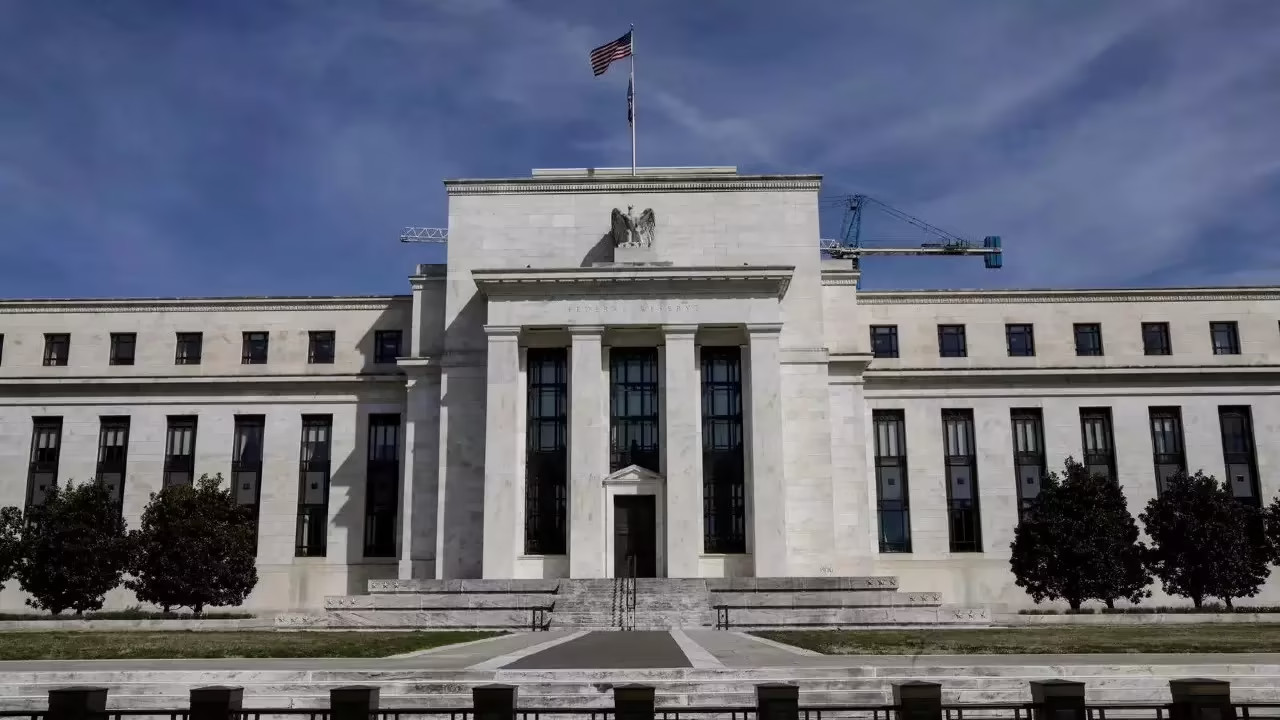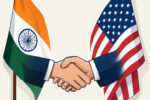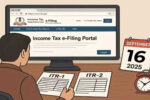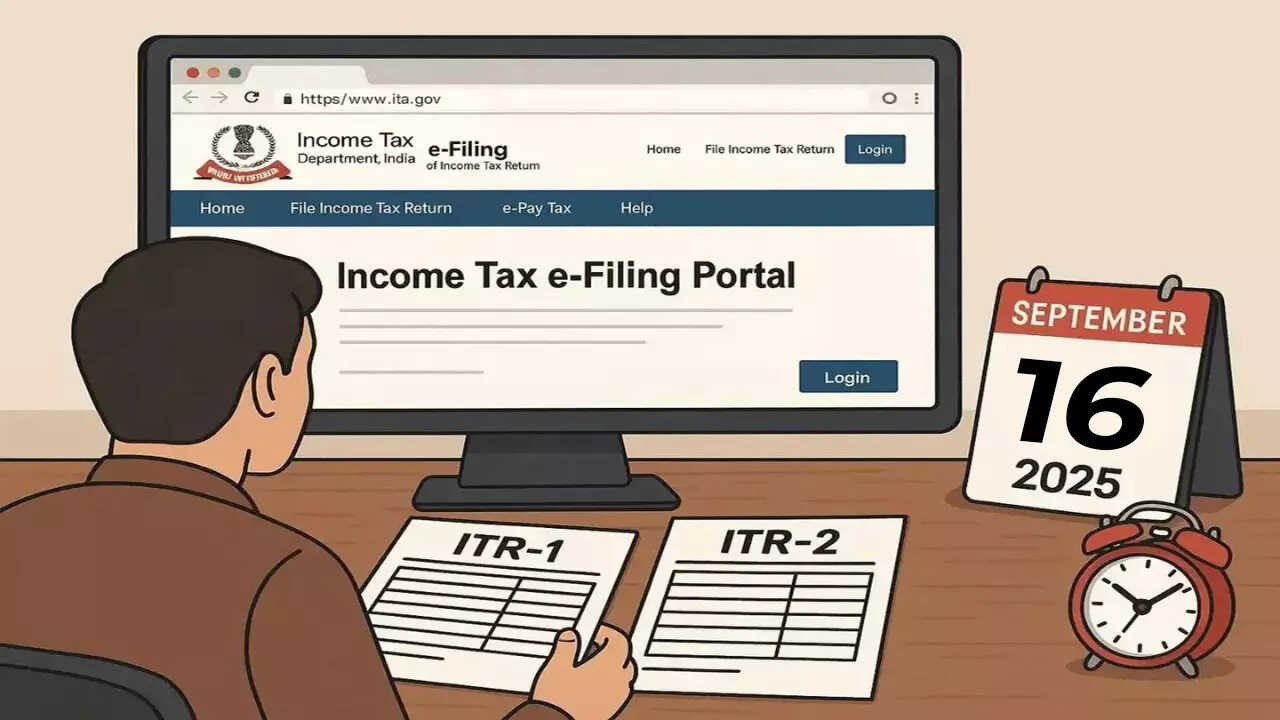The Federal Reserve is expected to maintain current interest rates as officials assess the impact of tariffs on inflation and broader economic signals. Despite Trump’s calls for rate cuts, the Fed emphasizes its independence and data-driven approach. The central bank is adopting a cautious “wait-and-see” approach, closely monitoring inflation expectations and economic projections amidst global uncertainties.
The Fed’s Tightrope Walk: Inflation, Trump, and the Rate Hike Tango
So, the air is thick with anticipation, isn’t it? The US Federal Reserve is meeting this week, and everyone’s got their eyes glued to the screen, wondering what musical chairs move they’ll make with interest rates. Will they twirl and raise them, stand pat and politely nod, or, as Donald Trump is practically screaming for, cut them loose and let the economy do the limbo?
For months now, we’ve been hearing about inflation. It’s the boogeyman under the bed of the economy, apparently. And for good reason – unchecked inflation erodes the purchasing power of our hard-earned dollars, making everything from groceries to gasoline more expensive. The Fed’s primary mission? Keep that monster at bay. They usually do this by tinkering with the federal funds rate, which, in turn, influences everything from mortgage rates to business loans. Higher rates tend to cool down an overheated economy, making borrowing more expensive and, in theory, taming inflation.
But here’s the rub. The economy, despite those inflation jitters, isn’t exactly nose-diving. Unemployment is still low, and while growth has been a bit sluggish lately, it’s hardly a recession scenario. Raise rates too aggressively, and you risk slamming the brakes on the whole thing, potentially triggering a downturn that no one wants. Hence, the tightrope walk.
What makes this even more interesting is the increasingly vocal and, let’s face it, unconventional commentary coming from former President Trump. He’s been quite insistent that the Fed needs to start lowering rates. His argument, if you boil it down, is that high rates are hindering economic growth and making the US less competitive globally. This, of course, flies in the face of conventional wisdom when inflation is still hovering above the Fed’s target of 2%.
Now, traditionally, the Fed operates with a degree of independence from political pressure. This is crucial. Imagine a world where politicians could dictate monetary policy based on short-term electoral gains. The potential for disastrous economic outcomes would be… well, rather high.
But Trump’s persistent calls, regardless of their merit, undoubtedly add another layer of complexity to the Fed’s decision-making process. Are they listening? Well, they have to be aware. Completely ignoring a former President – and one with a significant public following – simply isn’t realistic. The real question is whether that awareness translates into actual policy shifts. I suspect not directly. The Fed members understand that they must be unbiased as they consider the data and forecasts that affect monetary policy and the entire country.
So, what’s likely to happen this week? The consensus seems to be leaning toward a “hold.” A pause. A collective holding of breath. The data, while not screaming for rate hikes, certainly isn’t suggesting rate cuts either. Inflation, while off its peak, is still stubbornly above that 2% target. The job market is still reasonably robust.
Think of it like a chess game. The Fed has made its moves. Now, they need to observe the responses. What will the economy do? Will inflation finally cooperate? Will the global landscape remain relatively stable?
The truth is, no one knows for sure what the future holds. Economic forecasting is more art than science, and even the best models are prone to error. But one thing is certain: the Fed’s decision this week will have significant implications for all of us, from the interest rates we pay on our mortgages to the profitability of businesses across the country.
So, keep watching. Keep listening. And remember, economics, like life, is often a delicate balancing act. And right now, the Fed is walking that tightrope, trying not to fall prey to either inflation or a recession. It’s a high-stakes game, and we’re all spectators. And, unfortunately for our collective nerves, this is probably only the beginning of a long, drawn-out tango.






